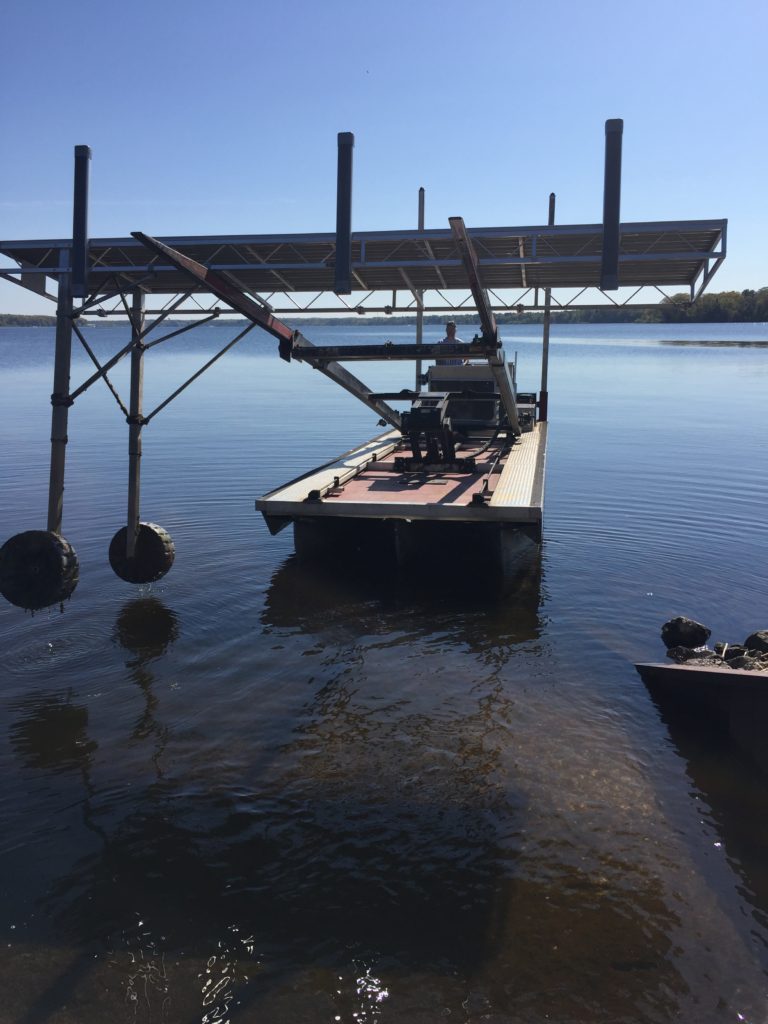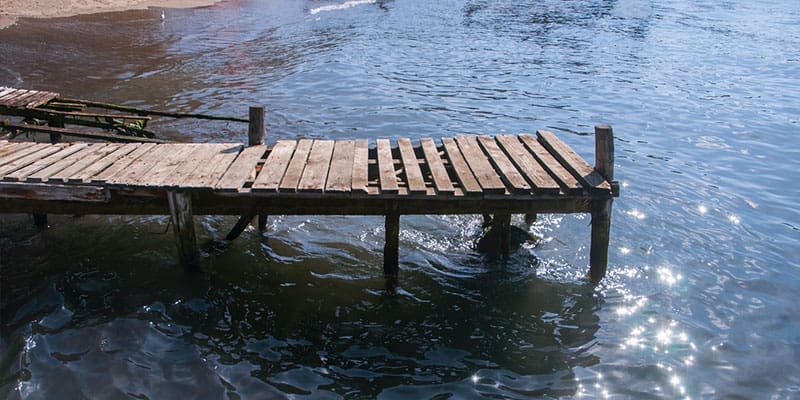Why Normal Upkeep Can Minimize Future Dock Repairs
Why Normal Upkeep Can Minimize Future Dock Repairs
Blog Article
Effective Dock Repair Techniques: Making Sure Architectural Honesty
Making sure the structural honesty of docks with effective fixing methods is paramount for the durability and safety of marine centers. Consequently, picking the best fixing materials, such as composite materials and corrosion-resistant alloys, is crucial for longevity.
Evaluating Dock Damages
Evaluating dock damages is a critical primary step in making sure the structural honesty and safety and security of any type of docking center. This preliminary analysis entails a comprehensive assessment to identify both noticeable and covert problems. Secret aspects to examine consist of the dock's foundation, pilings, decking, and hardware. Each element has to be looked at for indications of wear, rot, rust, or other forms of degradation that can jeopardize the architectural honesty.
Architectural designers or qualified examiners commonly execute these analyses utilizing specialized devices and methods. Undersea assessments may utilize sonar equipment or remotely ran automobiles (ROVs) to find submerged damage. Over water, aesthetic assessments are matched by utilizing moisture meters and various other analysis devices to discover underlying problems not right away visible to the naked eye.

Choosing Repair Work Products
Selecting the suitable repair work products is a critical step in the dock remediation procedure, one that straight affects the longevity and efficiency of the fixed framework. Product selection should be driven by elements such as ecological problems, load-bearing requirements, and compatibility with existing dock parts.
Along with wood, composite products are increasingly popular because of their toughness and low upkeep needs. Compounds, generally made from a blend of plastic and timber fibers, offer exceptional resistance to rot, insects, and UV damage. For metal docks, choosing corrosion-resistant alloys such as galvanized steel or marine-grade light weight aluminum is necessary to stop rust and ensure architectural stability in saline water conditions.
Epoxy resins and marine-grade sealers are crucial for fixing fractures and securing joints, offering a waterproof obstacle and improving the dock's total stamina. By thoroughly choosing top quality products, dock repair services can achieve durable results, therefore safeguarding against future destruction and ensuring risk-free, reliable use.
Structural Reinforcement Strategies
Reliable architectural reinforcement techniques are important in making certain the stability and longevity of dock repair services. This approach is particularly effective for docks subjected to hefty loads or severe ecological conditions.
One more crucial technique is the application of fiber-reinforced polymers (FRP) These products offer high strength-to-weight proportions and excellent resistance to deterioration, making them excellent for enhancing concrete or wooden docks. FRP can be applied in sheets or strips and adhered with epoxy resins to enhance architectural stability.
Bracing and anchoring systems additionally play a crucial duty in architectural reinforcement. Cross-bracing, using metal or wooden light beams, can neutralize lateral pressures, reducing guiding and movement. Anchoring systems, such as helical piers or driven piles, offer a stable foundation by moving lots to much deeper, much more stable dirt layers.
Lastly, the assimilation of load-distribution plates can assist disperse weight a lot more evenly throughout the dock's surface, minimizing localized stress and anxiety factors. These techniques jointly ensure that anchors remain durable and safe, efficient in standing up to the rigors of their functional environment.
Advanced Fixing Methods

An additional innovative technique entails underwater welding, which enables fixings to be conducted without the requirement to dewater the location. This method is specifically beneficial for addressing architectural issues in immersed dock components, making certain very little interruption to operations. Improved welding techniques, coupled with robot systems, provide precision and integrity, thereby expanding the life-span of the dock.
Additionally, cathodic read here protection systems are executed to stop rust in metallic dock structures. By utilizing sacrificial anodes or pleased existing systems, these techniques efficiently reduce the electrochemical procedures that bring about material wear and tear.
Finally, advanced tracking innovations, such as architectural health and wellness monitoring (SHM) systems, give real-time information on the problem of dock structures. These systems enable aggressive upkeep and timely treatments, eventually guaranteeing the long-term architectural stability of the dock.
Upkeep and Prevention
Maintenance and avoidance are fundamental principles that underpin the durability and safety of dock frameworks. Routine assessments are vital, enabling very early detection of damage, potential weak points, and environmental influences. A proactive strategy, including regular checks for deterioration, rot, and structural changes, reduces pricey repair services and prolongs the dock's functional life.
Safety nets need to include using protective coverings to steel components to defend against rust and making use of cured wood to withstand decay. In addition, guaranteeing correct drainage and air flow can prevent water build-up, which is a typical reason of architectural degradation. Incorporating high quality materials and sticking to supplier standards throughout building and construction and repair work phases likewise play critical roles in enhancing longevity.

Training personnel in dock maintenance best practices guarantees constant application of preventative measures. Leveraging technological developments, such as drones for assessments and sensing units for real-time tracking, can better enhance maintenance efforts. By prioritizing maintenance and prevention, dock owners can ensure architectural integrity, operational safety, and affordable management over the dock's lifespan.
Final Thought
Finally, maintaining the architectural integrity of aquatic centers requires detailed dock repair work strategies. Extensive evaluations using sophisticated tools reveal both noticeable and concealed problems, while the choice of suitable repair materials boosts toughness. Applying structural reinforcement approaches addresses anxiety points effectively. Advanced fixing methods, coupled with routine upkeep methods, ensure the dock stays operational and safe under varied environmental problems. Adopting these approaches substantially extends the life-span and performance of aquatic facilities.
Guaranteeing the architectural honesty of anchors via effective repair work methods is extremely important for the long life and safety of marine facilities.Selecting the suitable repair work materials is a critical action in the dock repair procedure, one that straight affects the long life and efficiency of the fixed framework.Efficient architectural support strategies are essential in ensuring the stability and longevity of dock repair work. By prioritizing maintenance and prevention, dock owners can guarantee my blog structural stability, operational safety, and more cost-effective management over the dock's lifespan.
In conclusion, preserving the structural stability of marine facilities demands comprehensive dock repair work methods.
Report this page